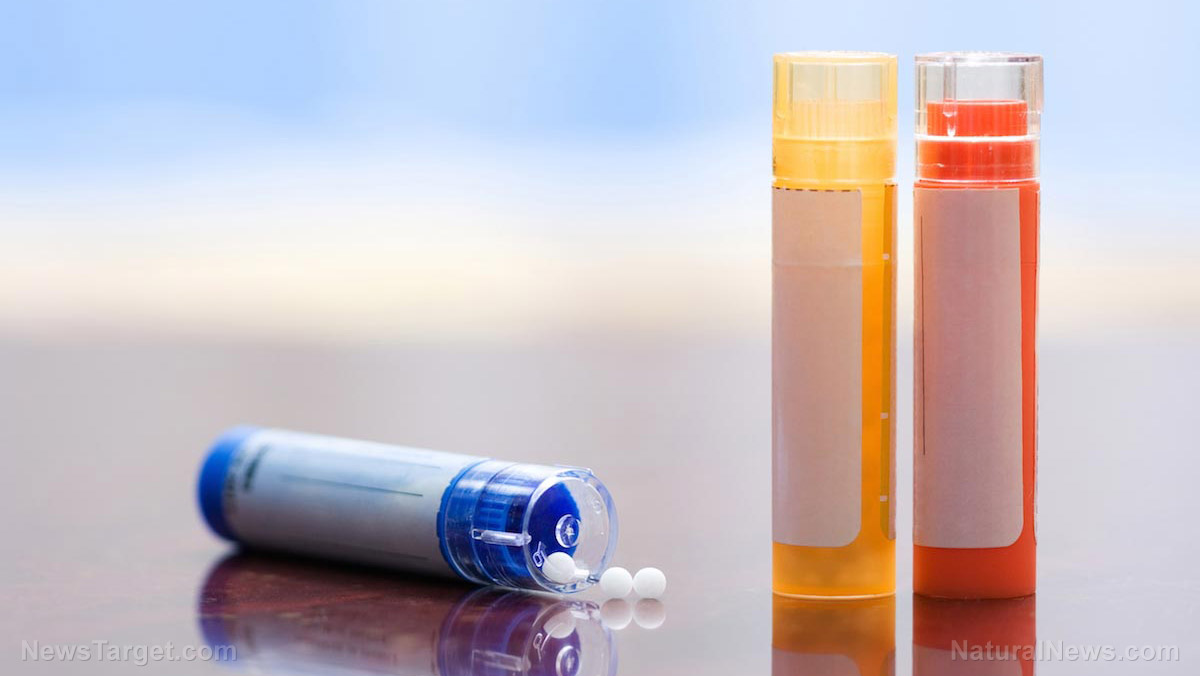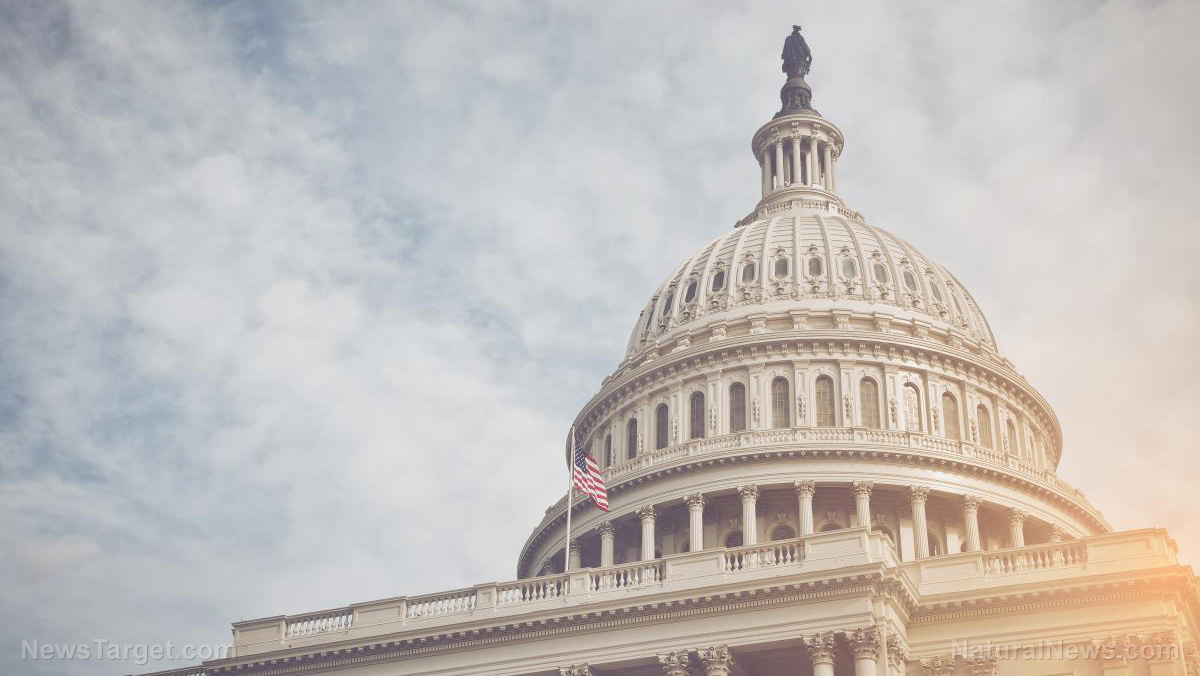Scientists challenge WHO draft guidelines for PFAS in drinking water
11/24/2022 / By Kevin Hughes

A group of more than 100 scientists challenged the World Health Organization‘s (WHO) draft guidelines on per-and polyfluoroalkyl substances (PFAS) in drinking water.
The coalition of 116 scientists, all experts on PFAS, accused the global health body of disregarding the dangers of forever chemicals to human health and failing to suggest proper protective measures in the draft guidelines for PFAS in drinking water standards. In their Nov. 10 letter, they called for the WHO guidelines to be either “significantly revised” or withdrawn.
In comparison, the Environmental Protection Agency (EPA) updated its PFAS guidance for drinking water in June. According to the EPA, only 0.004 parts per trillion (ppt) of the chemical PFOA in drinking water is deemed tolerable. Meanwhile, 0.02 ppt of the compound PFOS is acceptable per the U.S. regulator.
The WHO’s draft guidelines, however, had higher levels – 100 ppt for individual PFOA and PFOS and 500 ppt for total combined PFAS concentrations in drinking water. The final guidelines could be released in December, stoking fears that the WHO’s regulations could undermine the EPA’s guidance. (Related: EPA pledges to regulate PFAS in drinking water.)
The Nov. 10 letter by the scientists also exhorted the global health body to “identify the names, affiliations and potential conflicts-of-interest of those involved in the preparation or peer-review of this draft and any future WHO documents.” In response, the Geneva-based institution announced that contributors to the document would be listed in the final document and posted on the WHO website.
PFAS chemicals help products withstand heat, oil, stains and water and are found in everything from nonstick pans to takeout containers to raincoats. PFOS and PFOA, the best-studied PFAS, have been connected to cancers and other serious health issues. PFAS have been progressively discovered in drinking water across the U.S., and some states have proposed or adopted drinking water limits for these toxic chemicals.
But until the EPA issues its final regulations, there are no federally enforceable standards for PFAS in drinking water.
WHO “ignoring the science” on PFAS
Linda Birnbaum, former director of the National Institute of Environmental Health Sciences, remarked: “[The] WHO has ignored the last 20 years of scientific research, ranging from observational human studies, animal studies, and mechanistic studies, and concluded that there’s not enough information.”
“I don’t understand how they could have come up with this [draft] using an independent group of scientists. My impression is that people who consult largely for industry are the people who are involved in writing this,” added Birnbaum, one of the letter’s signatories. “It’s very, very concerning.”
Betsy Southerland, a former director at the EPA’s Office of Water, remarked that it was unclear how the authors of the WHO’s draft guidelines for PFAS prepared their technology-based levels that served as the basis for the recommendation.
“There’s no technical justification for how they arrived at that drinking water provisional guideline concentration. I’ve never seen anything like this,” she said.
“It looks like they wasted all their time trying to debunk the thousands of health studies, then at the very end grabbed two studies on PFOA and PFOS and two more studies on all the [PFAS] contaminants and based their provisional guidelines on those.”
Anna Soehl, a science and policy consultant at the Green Science Policy Institute, blasted the draft guidelines.
“There have been a number of authoritative bodies that have at least proposed that much lower drinking water levels are needed to be protective of human health. WHO completely disregarded this and proposed much less protective guidelines. That can create confusion among nations that might not have the resources to develop their own drinking water standards and sends a message that perhaps higher levels are acceptable.”
CleanWater.news has more stories about PFAS concentrations in drinking water.
Watch this video that explains why PFAS contamination of drinking water is far more prevalent than previously reported.
This video is from the Weltansicht channel on Brighteon.com.
More related stories:
Evidence proves the EPA downplayed the toxic threat of PFAs.
Tampons, including “organic” brands, found to contain toxic PFAS (fluorine) chemicals.
Sources include:
CDN.WHO.int [PDF]
GreenSciencePolicy.org [PDF]
Submit a correction >>
Tagged Under:
big government, chemicals, clean water, concentrations, draft guidelines, drinking water, EPA, forever chemicals, PFAS, PFOA, PFOS, Resist, scientists, toxic water, WHO, World Health Organization
This article may contain statements that reflect the opinion of the author
RECENT NEWS & ARTICLES
COPYRIGHT © 2017 RESIST NEWS





















